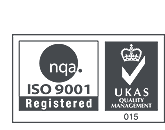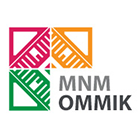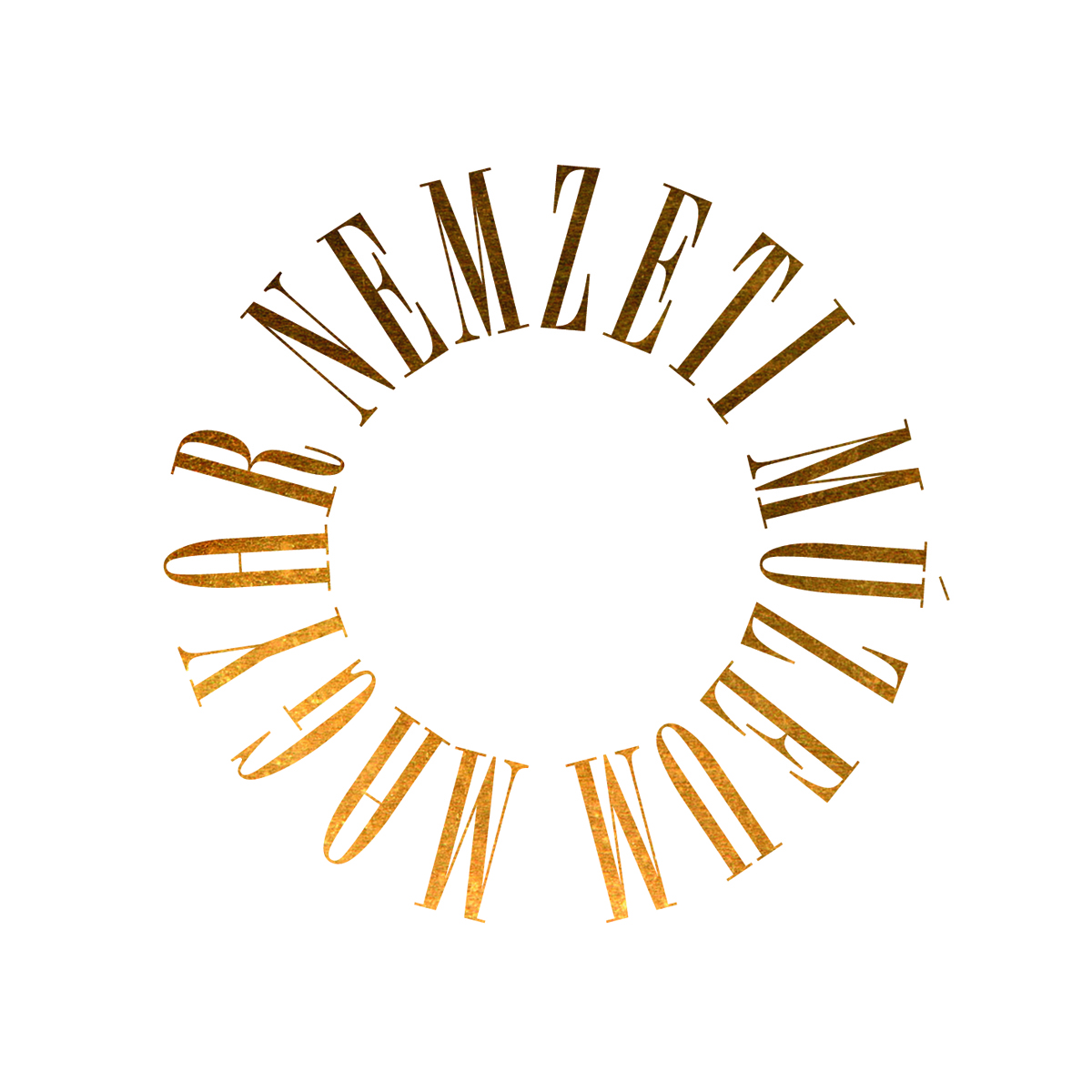Presentations
Presentations can be read by clicking on the titles!
Ineta Zelča Sīmansone
Museums and creative industries. What’s it all about?
Even if occasionally we would still hear that museums and creative industries have not much in common, in the last few years we were able not only to highlight a variety of cooperation in result of which products and services with high added value were created in Latvia, but also started to observe a change of attitude towards the very idea of bringing museums and makers together. At the other end of this spectrum, we see an increasing interest among the makers and agents of creative industries themselves in museums as a considerable resource for creative economies. After all – if this would yet sound as a novelty to someone – cooperation between museums and makers is the basis of communication work of a modern museum. To put it simple, it is an attempt to talk to the audiences in a language they understand. The presentation will introduce the Creative Museum think tank which believes that innovation and creativity in museums should serve as a driving force in reaching out to new audiences and at once help modernising the sector.
Tom Pursey
Experience art with all your senses
Experience art with all your senses: this was the idea behind Tate Sensorium, a groundbreaking exhibition at Tate Britain. It took a multisensory approach to displaying paintings, pairing each one with things to smell, hear, touch and taste. The Sensorium was covered by international media and awarded Best Exhibition Design at the Design Week Awards 2016.
John Cheeseman
Bungaree's Farm - Mosman Art Gallery
Bungaree's Farm was conceived as a cross artform program for the development of contemporary Aboriginal art practices consisting of research, residencies, workshops and exhibitions. The program worked on evolving new models for the development and presentation of contemporary Aboriginal arts. Bungaree's Farm developed into an exhibition of contemporary Aboriginal audio, video, performance and installation art exploring Bungaree’s legacy and commemorating the establishment of 'Bungaree’s Farm' by Governor Macquarie at Mosman on 31 January 1815. Bungaree's Farm represented the first program to appropriately acknowledge the importance of Bungaree and examine his life and story from an indigenous and contemporary visual arts perspective. This exhibition has provided the opportunity for this unique figure in Australian history to be critically reinterpreted by Aboriginal artists and brought to public awareness.
Dr. Alessandro Califano
Museums' Role in Fostering and Managing Geographically Related Cultural Heritage Digital Information Surveys. Based on a Central Asian Case Study
Mes Aynak is a Buddhist area in Logar, well documented at the National Museum of Afghanistan. It is a classic case of opposed interests: exploiting mining resources, and protecting historical sites. A knowledge base to reduce cultural heritage risk is vital, but present mapping campaigns all rely on high investments and proprietary technology. With the National Museum in Kabul as the ideal partner for the project, OSACA aims at a FOSS app and open source maps for less expensive, flexible surveys.
Nadja Valentinčič Furlan
Films in the Slovene Ethnographic Museum and on its webpages
The Department of Ethnographic Film in the Slovene Ethnographic Museum produces, collects, documents, keeps, researches and presents ethnographic films, as well as making them accessible in various ways, also online. The curator of ethnographic film will present audiovisual communication in the collection-based permanent exhibition Between Nature and Culture, and in the people-oriented exhibition I, We and the Others: Images of My World. Video narrations provide “multiple viewpoints” in Gallery of Narrators that can be seen at the exhibition and on the museum webpage. The Slovene Ethnographic Museum is also a coordinator of safeguarding the intangible cultural heritage (ICH) in Slovenia, so the curator of ethnographic film is involved in filming the Slovene ICH elements. We shall discuss the museum strategies of publishing video narrations and films online, addressing also legal and ethical questions.
András Török
More and Less Than a Museum: Success and Failure at Fortepan Online Archive
The free online photo archive attracted phenomenal interest within months from its launch in 2010. Hundreds of families and a dozen public and private archives shared their photos with Fortepan. Its name has become the most valuable nonprofit brand in Hungary. The job is done by one paid employee and about ten hard working volunteers. Its mission gradually shifted over the years: on top of building Hungarian (and European) collective memory, Fortepan indirectly attempts to nag public collections to double their efforts. And „we have a dream…”
Zoltán Szatucsek
Preservation of digital records - The E-ARK Project
In 2011 the Hungarian archivist profession came up with the idea to take concrete steps towards harmonizing the handling of electronic records on an European level. Due to this started three years later the exciting project of E-ARK, in parallel with a new development of the National Archives of Hungary. The question was whether it was possible to create solutions that fit for 28 member states’ institutions with different backgrounds? What advantages does standardization have and where are its limits? The presentation introduces the opportunities created by the development, the research, the softwares and their place in the Hungarian field. It also presents a subtask of the National Archives of Hungary which was to develop a data warehouse solution that opens up new potentials for the archivist field.
Aleš Kapsa
MUSAIONfilm - 2017: the 20th year of festival of the museum's films
The presentation "MUSAIONfilm" aims to bring the homonymous festival of the museum's films from Czech Republic to international museum professionals and projection of the awarded and other outstanding films from the video library of "Musaionfilm". “Musaionfilm” is the only one festival of its kind in the Czech Republic and its surroundings. It pays attention to movies that are filmed in museums, filmed in cooperation with museums and films in museum collections. The festival is also a small film school for film-makers from museums. Today the museum is a member of AVICOM and is preparing for the 20th year of festival (June 2017).
János Tari
This presentation will show parallel image examples of winner projects in different categories on F@imp festivals in a 15 years distance. It also presents how the expressing, the technology, the interactivity and the content developed in supporting interpretive projects, and in social and multimedia in museum and exhibition context.
Ildikó Fejes
Museum festival in the digital age. The AVICOM F@IMP multimedia festival
AVICOM, the International Committee of Museums (ICOM) for audiovisual and new technologies for image and sound has been organising its international festival, FIAMP since more than 20 years. The management and evaluation tasks and methods remained the same during the years and the innovation became necessary. In the digital age no event can be successful only using traditional solutions, thus we created a modern and online version, F@IMP 2.0. The application and evaluation are supported by a complex information system which we would like to develop and in the near future we would like to make all of the earlier submitted digital cultural heritage accessible.
Krisztina Vágó
Digital wayfinding solutions in museums
With the evolution of technology, there are an increasing number of opportunities to complement exhibitions with interactive elements. The iBeacon-based solution offered by XPONIA seeks to expand and individualize the museum experience. The application, with digital guided tours and numerous other features, is an attractive solution to the museums, since it has a transparent and easily manageable interface with a user-friendly content management system. Over the course of this presentation we will discuss the experiences, learnings and challenges we have come across and conference delegates can hear about our work with museums in general.
Ádám Horváth
How to make your data public domain
More and more libraries dedicate the bibliographic description to the public domain by waiving all of their rights to the work worldwide under copyright law and provide access to the bibliographic description on many platforms and via many protocols in an easy way. The Creative Commons has an appropriate legal formula for declaring works part of the public domain; this is the so called „CC0 1.0 Universal (CC0 1.0) Public Domain Dedication”. Libraries can use this formula to make their content freely usable. In this presentation we would like to underline the importance of public domain, we will describe in detail the necessary legal, organisational, technical and media steps to make the bibliographic records public domain.
István Szakadát
The potential of national namespaces
Entering the digital age the maintenance of the national cultural heritage must be ensured on digital platform. The digital cultural goods can be accessed quickly and easily if our national archives are densely connected to each other. The most important tools of this dense interconnection are the national namespaces (person, corporate, geographic, etc. namespaces).The presentation demonstrates the potential of national namespaces, and reviews the expectations and necessary steps how we have to build our namespaces.
Rudolf Ungváry
Development of a geographical name area - methodology of admission of place names
In the first stage of the preparations, we have analyzed the characteristics of the geographical name space, reviewed the typical characteristics of the geographical names, and dealt with the critics of the existing initiatives of the Hungarian name area. The basis of the name area on the one hand consists of the Thesaurus of the Hungarian Geographical Names (Geotaurus), on the other hand of the name data set of „Gazetteer of Hungary” registered by Institute of Geodesy, Cartography and Remote Sensin. The task in the first stage of the work will be the unifying of the two data sets. This way there will be created all the officially registered geographical name areas, including not only the settlements and parts of settlements, but toponymicon of physical geography which are equally important for the public administration. Continuing our work we plan to unify the stock of names of institutions willing to cooperate with us. The methodology have been developed among others in the Geoinformatical Institute of Óbuda University by practical attempts. The stocks of toponymicon of maps were comparing to the name data sets of Thesaurus of the Hungarian Geographical Names. All the operations which ensured trustworthy identification, we have checked on different source maps. Most important part of the work was the exact geographical-cartographycal identification of the toponyms. It was based on the geographical coordinate of the place in question. This makes connection between the present variant name and different names of different times, in cases back to the Roman era. In the case of the data sets of Geographical Names of Hungary it has an exceptional importance that most of the toponyms has originated not in the actual, but the „historical” Hungary, namely in chronological stratifications.
Dragos Neamu
Digit soup for museums
The importance of a digital agenda for the museums as a reflection of the multiple tendencies arisen from the social, economic, educational and heritage care values. How the digitization process will never end and the challenges the museums have to face assuming more roles than ever in the relation with the society. Museums vs techs and techologies, creative museums vs creative communities on digital innovation. The Network of European Museum Organisation’s mission in promoting the digitization of the museums collections form concrete projects to specific policies.
Pavel Kats
Aggregation innovation in Europeana
Europeana’s current aggregation technology and approach were designed in the early days of Europeana and suited well to amass the initial content and create visibility for the initiative. Today, to serve Europeana’s ambition to become European digital service infrastructure for cultural content, both the approach to content aggregation and the technology implementing it, must be fundamentally revised. Due to the centrality of aggregation to Europeana’s life, this is a fundamental change for us, which has to be carefully designed, planned, and implemented. In this talk, I’ll present the results of the first stage of this process: experimental work on designing the future content acquisition architecture of Europeana.
Marcin Kłos
Digitization in Polish museums – an overview from various perspectives
Digitization in Poland shown from four perspectives: national (coordinated by National Institute for Museums and Public Collections), regional (DigiMuz Intermuseal Digitization Group), institutional (Historical Museum of Gdańsk) and last but not least – a user experience. Presentation will cover a few topics including digital best practices, aggregation, dissemination. Additionally, objectives of the largest Polish project for museums called E-museum will summarize tendencies in the sector.
Lada Dražin-Trbuljak
The article gives a brief survey of the practice and experience of the Museum Documentation Centre in the area of the activities of the Croatian network of museums in documentation, information and communications, through a number of projects: the MDC website/the muzEJ! subsidiary site (Croatian museums and collections online); a project for the computerisation of the work of museums in Croatia; a project for tracking the museum digital heritage and another project for the development of a digital repository of the museum heritage.
Martha Henson
Can museums make good games, and should they?
This talk will introduce you to the principles and methods behind creating great museum games. It will include lots of examples of inspirational games as well as tips and tools from personal experience. It will aim to convince you that this is about process, not genius, and that games are something your institution could and should do.
Dr. Michael Faber
Which digital tools offer German museums to people with disabilities to explore their exhibitions accessible or at least low barrier? Do websites of museums present video information in sign language, acoustic information and information in plain language or even information for mentally ill guests to prepare their visit? What digital means for museum exploration are offered in the museums for these target groups? What role does inclusion? More and more, German museum websites inform deaf people by video in sign language about museum’s work in general, access to the museum, exhibitions, events and permanent presentations, about their shops, restaurants and also possibilities to support museum’s work. Some museums offer, as download, guides in plain language for guests with reading disabilities. With examples, the presentation takes a look at the recent situation in the German museum landscape.
Karina R. Durand Velasco
Virtual Workshops in Latin America – Lessons on Heritage, Museums and Cultural Management
Teaching continuous distance education seminars promoted by Latin American Institute of Museums, has allowed me the opportunity to interact with museum professionals and cultural agents from the most diverse regions in Latin America. This presentation would offer a summary of twelve years of experience implementing virtual workshops with different creative, interdisciplinary and international communities and our proposals and practices interacting at the Cyberspace around the concepts like Heritage, Museology, Cultural Management, Educational Communication and Promotion.





